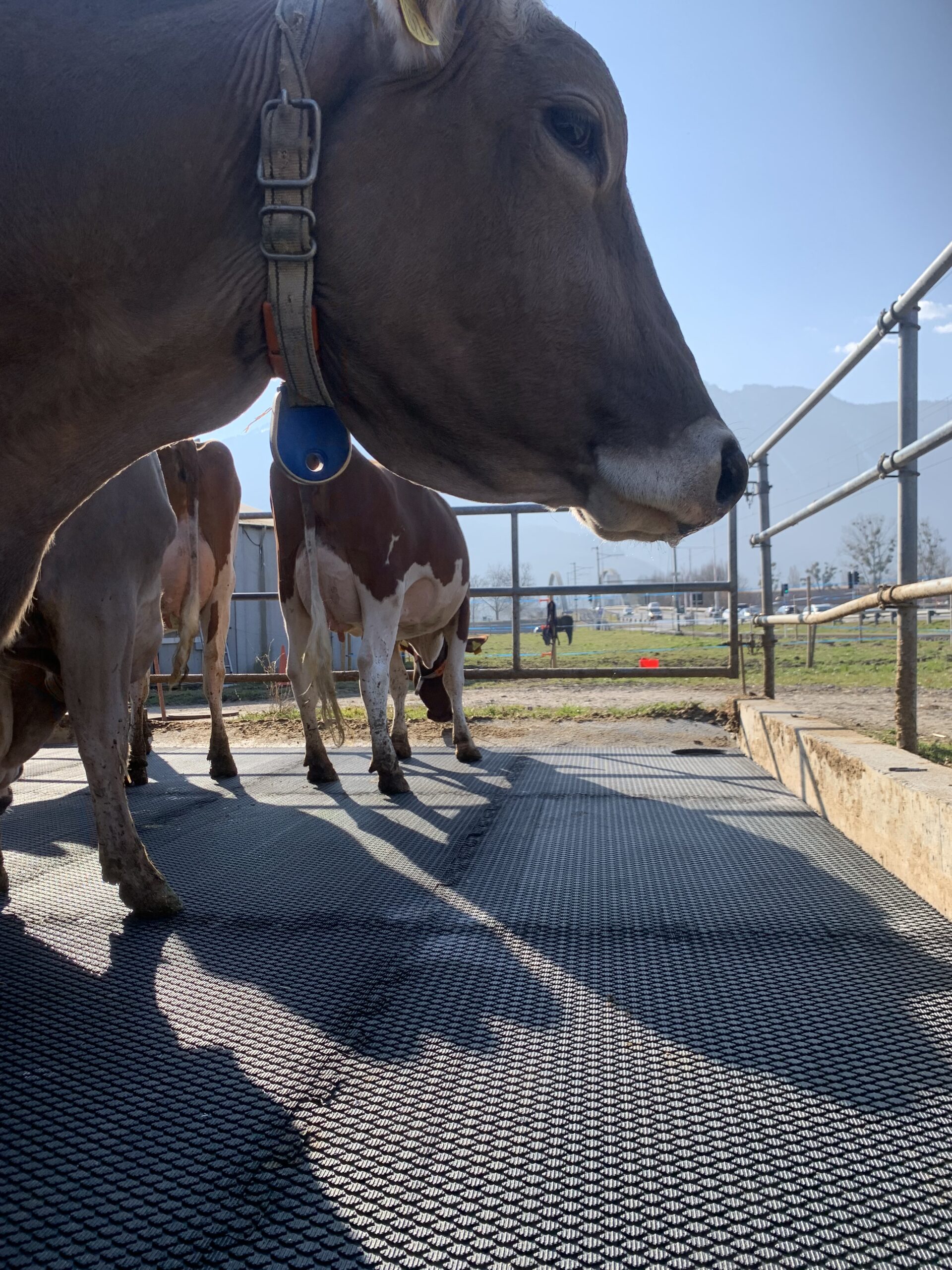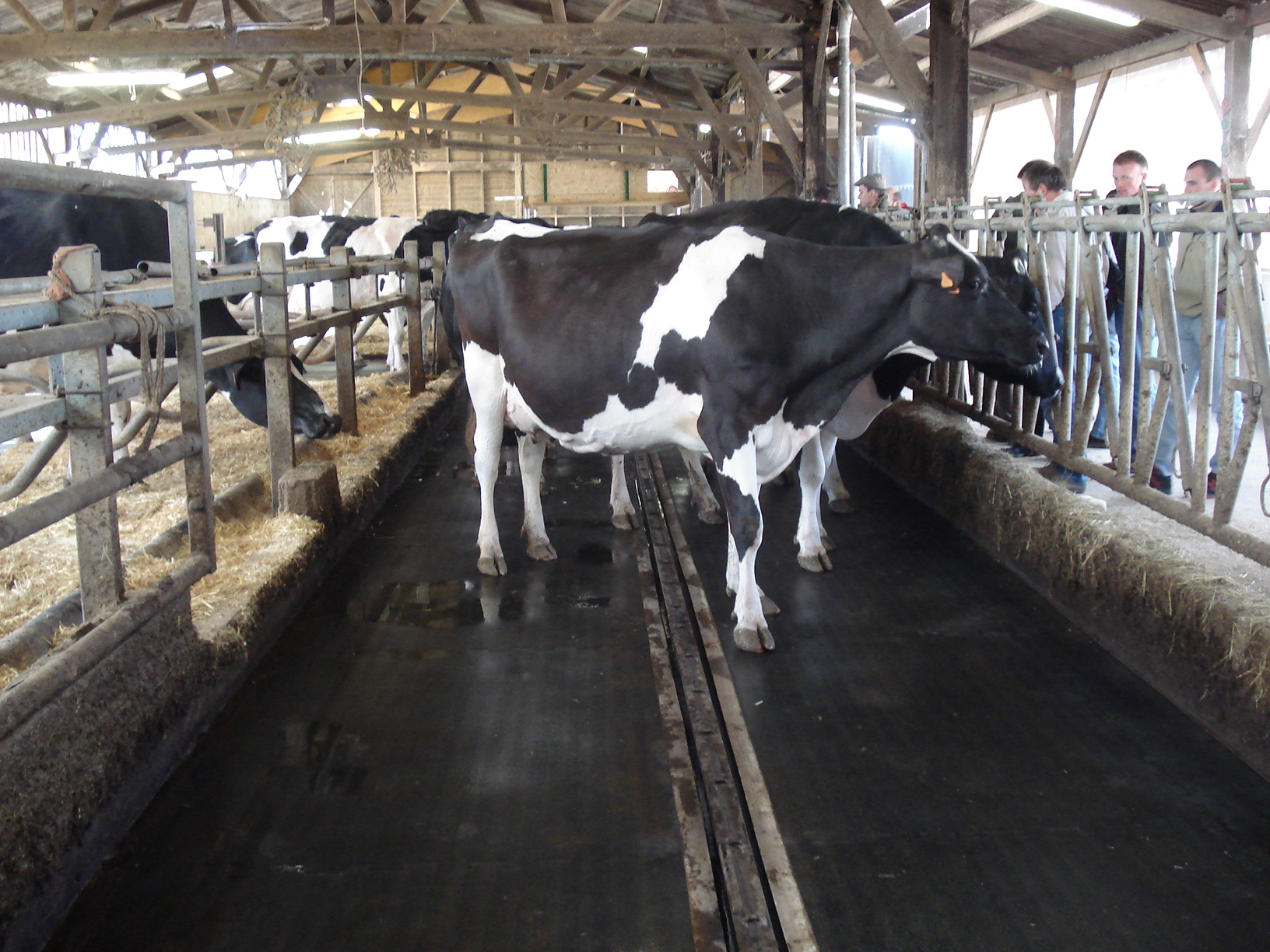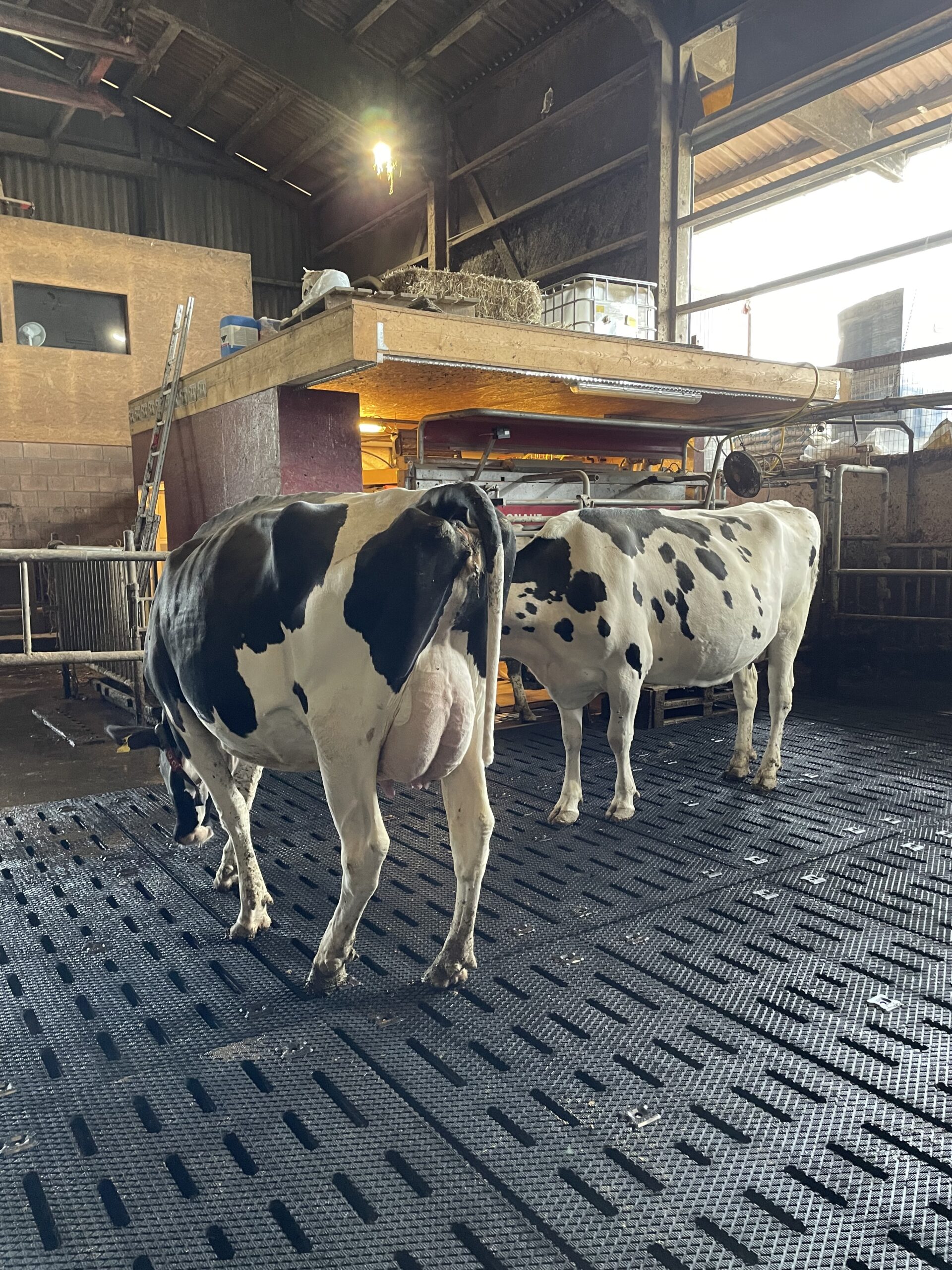Categories ArchivesStudies
The Agriculture Research Institute published a review addressing the economic benefits of improved cow comfort. They noted that the dairy cow appears to have a strong behavioral need for adequate rest. Dairy cattle are highly motivated to lie down for approximately 12 hours per day. Cows with restricted lying time have greater serum cortisol and lower growth hormone concentrations, impaired hoof health and locomotion and sometimes lower milk yield. For every additional hour of resting time a cow achieves, there is a milk response of approximately 3.7 pounds. Cows will sacrifice feeding in an effort to recoup lost resting time. A clean, dry and comfortable resting place is associated with greater resting time, better health and improved productivity. Softer stalls ...
Continue Reading
The University of Alberta Department of Agricultural Food and Nutritional Science published a study that showed lameness is one of the most serious ailments facing dairy cows, and inappropriate flooring has been implicated as a cause. Use of concrete flooring has been associated with increased hoof problems. Increasing both the softness and the degree of surface friction of the floor improves cow mobility and reduces the risk of injury from falls. Softer flooring in front of feed bunks can increase the time cattle spend close to the feeder and may increase feed intake. The study compared un-grooved concrete flooring with Animat’s softer rubber flooring options which has a rough surface providing good friction. When walking on Animat, the cows walked ...
Continue Reading
Researchers from Purdue University recently evaluated whether rubber flooring in the feed lanes of freestall barns could improve production, hoof health, and locomotion. Thirty Holstein heifers were selected for the study. After calving, heifers were assigned to either concrete or rubber flooring in the feed lane area for their entire lactation. Cows housed with rubber flooring on the feed lane produced more milk fat and milk protein, as well as had a higher milk protein percentage. 50% of the cows housed on concrete were diagnosed with some type of hoof ailment (digital dermatitis, foot rot, abscess, sole ulcer, or sole separation), while only 22% of the cows housed with the rubber feed lane had an ailment. First lactation cows on ...
Continue Reading
According to an article published by the Western Dairy Management Conference, Canadian researchers studied the effects of roughness and compressibility of flooring surfaces on cow locomotion. Researchers assessed the occurrence of claw lesions on rear feet and the occurrence of clinical lameness based upon locomotion score and rates of claw growth and wear. Results from this study suggested that the Animat rubber flooring system used in this study was beneficial to hoof health. Full study Industry Knowledge
Continue Reading
Excerpt from the International Journal of Livestock Research, K. H. Sadharakiya1, L. M. Sorathiya2*, A. P. Raval2, G. P. Sabapara3 and P.C.Patel1 Department of LPM, Vanbandhu College of Veterinary Science and Animal Husbandry, Navsari Agricultural University, Navsari-396 450, Gujarat, INDIA The present study was conducted on 18 lactating crossbred cows by dividing them into two homogeneous groups randomly. The cows of treatment group were kept in shed having rubber mat flooring, whereas the cows of control were kept on concrete floor. The objective was to study the effect of rubber mat flooring on hygiene, locomotion, hock and knee injury scoring. Cleanliness, locomotion and hock and knee injury scoring were done by standard methods at fortnight interval by two researchers by ...
Continue Reading





